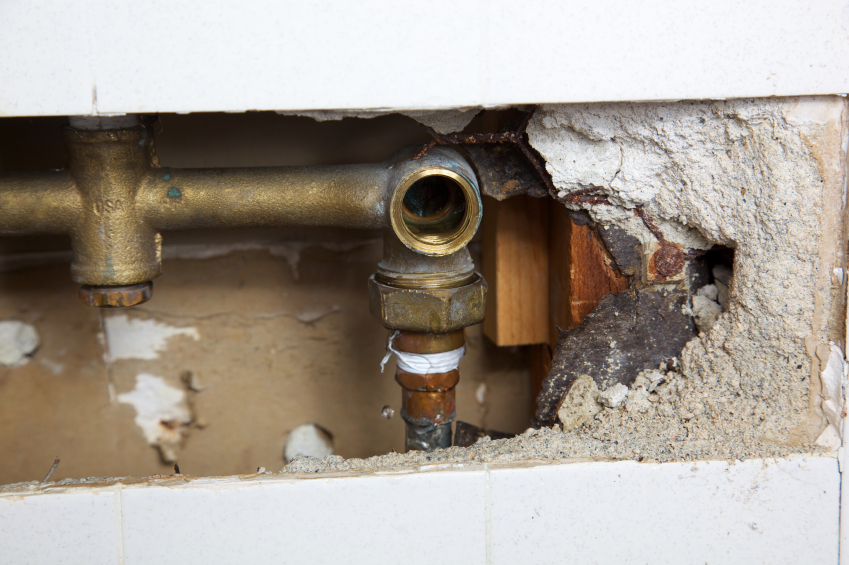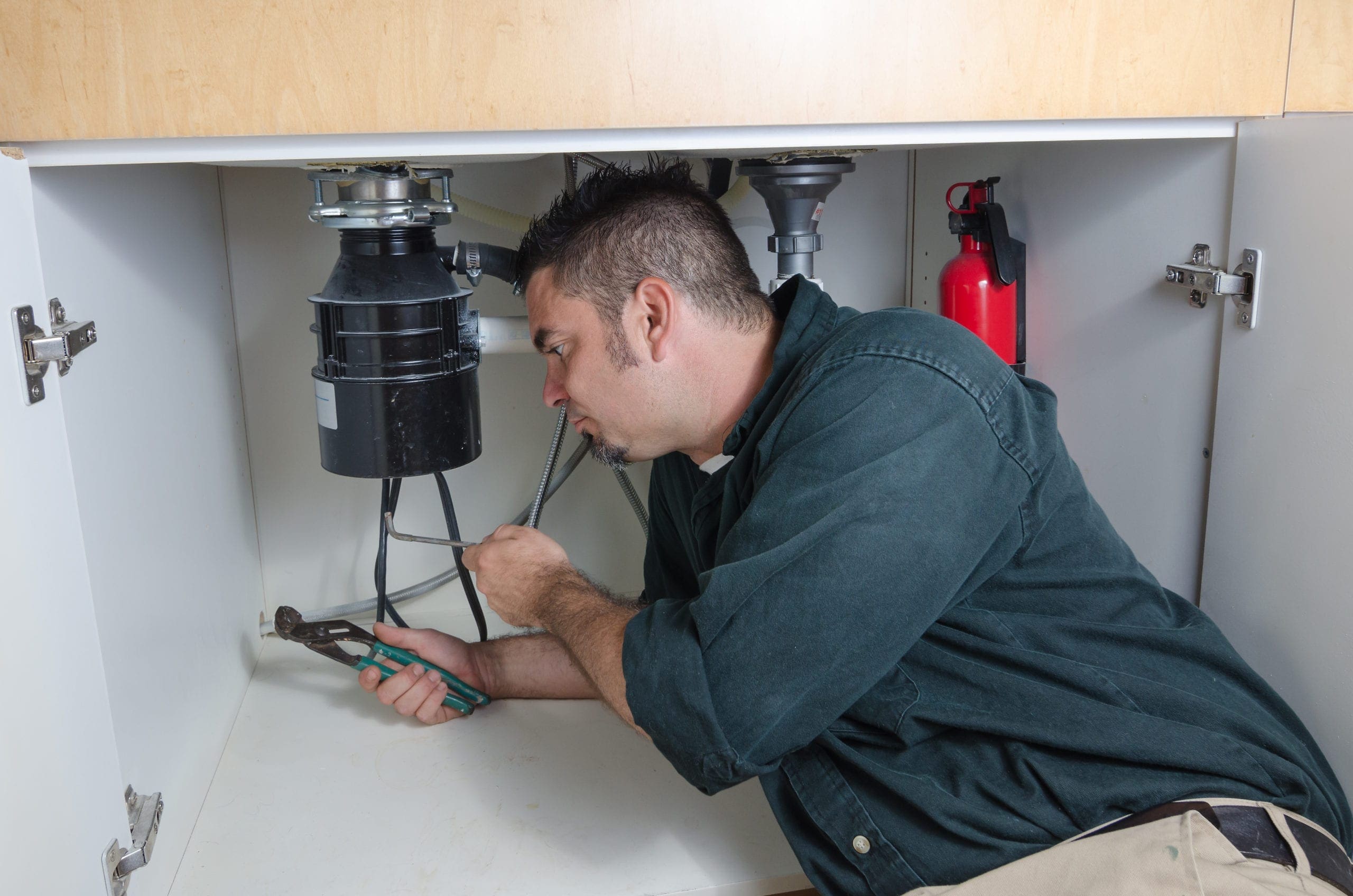Don't Take Chances: Common Appliance Problems That Require a Plumbing Professional
Don't Take Chances: Common Appliance Problems That Require a Plumbing Professional
Blog Article
Everyone seems to have their own conception in relation to Diagnose Unwanted Plumbing Noises.

To diagnose noisy plumbing, it is essential to identify first whether the unwanted sounds happen on the system's inlet side-in various other words, when water is turned on-or on the drain side. Noises on the inlet side have actually differed reasons: excessive water pressure, worn shutoff and also tap components, poorly attached pumps or various other devices, inaccurately positioned pipe fasteners, as well as plumbing runs including a lot of limited bends or other limitations. Sounds on the drainpipe side generally originate from inadequate area or, as with some inlet side noise, a layout including tight bends.
Hissing
Hissing noise that occurs when a faucet is opened slightly normally signals extreme water pressure. Consult your regional water company if you suspect this issue; it will be able to tell you the water pressure in your location and also can set up a pressurereducing shutoff on the incoming water pipeline if needed.
Thudding
Thudding noise, frequently accompanied by shivering pipelines, when a tap or home appliance valve is switched off is a problem called water hammer. The sound and vibration are brought on by the resounding wave of pressure in the water, which suddenly has no place to go. Occasionally opening up a valve that discharges water promptly right into a section of piping containing a constraint, arm joint, or tee fitting can generate the very same problem.
Water hammer can usually be healed by setting up fittings called air chambers or shock absorbers in the plumbing to which the trouble valves or faucets are attached. These gadgets allow the shock wave produced by the halted flow of water to dissipate airborne they consist of, which (unlike water) is compressible.
Older plumbing systems may have brief vertical areas of capped pipe behind walls on tap runs for the very same function; these can eventually loaded with water, decreasing or destroying their efficiency. The cure is to drain the water supply totally by shutting off the major supply of water shutoff as well as opening up all faucets. After that open the major supply valve and also close the faucets individually, starting with the faucet nearest the shutoff as well as finishing with the one farthest away.
Babbling or Screeching
Extreme chattering or shrieking that occurs when a shutoff or faucet is activated, which usually vanishes when the fitting is opened totally, signals loose or malfunctioning interior parts. The option is to replace the shutoff or faucet with a brand-new one.
Pumps as well as appliances such as cleaning machines as well as dishwashers can move motor sound to pipes if they are incorrectly connected. Connect such items to plumbing with plastic or rubber hoses-never inflexible pipe-to isolate them.
Other Inlet Side Noises
Squeaking, squeaking, scraping, snapping, as well as tapping normally are caused by the growth or tightening of pipes, normally copper ones supplying warm water. The sounds happen as the pipelines slide against loosened fasteners or strike close-by residence framing. You can usually pinpoint the area of the problem if the pipes are revealed; just adhere to the sound when the pipes are making sounds. Most likely you will certainly uncover a loose pipeline wall mount or an area where pipelines exist so close to flooring joists or various other framing items that they clatter versus them. Attaching foam pipeline insulation around the pipelines at the point of contact must correct the problem. Be sure bands and also hangers are safe and offer appropriate assistance. Where possible, pipe bolts need to be attached to enormous architectural components such as foundation walls rather than to mounting; doing so lessens the transmission of vibrations from plumbing to surfaces that can magnify and also transfer them. If attaching fasteners to framework is inescapable, cover pipes with insulation or other durable product where they speak to bolts, and also sandwich the ends of new fasteners between rubber washing machines when mounting them.
Dealing with plumbing runs that suffer from flow-restricting tight or various bends is a last hope that must be taken on just after consulting an experienced plumbing professional. Sadly, this situation is relatively typical in older homes that may not have been built with indoor plumbing or that have seen several remodels, particularly by amateurs.
Drainpipe Noise
On the drain side of plumbing, the chief goals are to get rid of surfaces that can be struck by falling or rushing water and to insulate pipes to contain unavoidable sounds.
In brand-new building and construction, bath tubs, shower stalls, commodes, as well as wallmounted sinks as well as basins ought to be set on or against resilient underlayments to reduce the transmission of sound via them. Water-saving commodes and also taps are much less noisy than conventional models; mount them as opposed to older kinds even if codes in your location still permit using older components.
Drains that do not run up and down to the basement or that branch into horizontal pipeline runs sustained at floor joists or other framing existing specifically bothersome noise problems. Such pipelines are huge sufficient to radiate considerable resonance; they likewise bring significant quantities of water, that makes the circumstance worse. In brand-new building and construction, specify cast-iron soil pipelines (the huge pipes that drain commodes) if you can manage them. Their massiveness contains a lot of the noise made by water passing through them. Additionally, prevent directing drainpipes in wall surfaces shown bedrooms and also spaces where people collect. Walls containing drains ought to be soundproofed as was described previously, utilizing double panels of sound-insulating fiber board and wallboard. Pipelines themselves can be covered with special fiberglass insulation created the purpose; such pipelines have an invulnerable vinyl skin (often including lead). Outcomes are not always satisfactory.
If Your Plumbing is Making These Sounds, There’s a Problem
A Bang or Thump When You Turn Off a Faucet
If a loud bang or thump greets you each time your turn off running water, you likely have a water hammer. A water hammer occurs when the water velocity is brought to a halt, sending a shock wave through the pipe. It can be pretty jarring — even worse, damaging to your plumbing system. All that thudding could loosen connections.
Strange Toilet Noises
You’re so familiar with the sounds your toilet makes that your ears will be attuned to anything out of the ordinary. Fortunately, most unusual toilet noises can be narrowed down to just one of several problems.
Foghorn sound:
Open the toilet tank Flush the toilet When you hear the foghorn noise, lift the float to the top of the tank If you’re ambitious, you can remove the ballcock valve and disassemble it to replace the washer. Or you can more easily replace the ballcock valve entirely. This device is relatively inexpensive and available at most any hardware store.
Persistent hissing:
The hissing following a flush is the sound of the tank filling. It should stop once the tank is full. But if the hissing continues, it’s likely because water is leaking out of the tank. The rubber flap at the bottom of the tank can degrade, letting water slip through and into the bowl. That’s why the tank is refilling continuously. Fortunately, this is an easy fix:
Cut the water to the toilet by closing the shutoff valve on the water supply line. Flush the toilet to drain the tank. Disconnect the flapper Attach the new flapper Gurgling or bubbling:
Gurgling or bubbling suggests negative air pressure in the drain line, likely resulting from a clog. As air releases, it causes the water in the toilet to bubble. This could either be a minor issue or a major one, depending on the clog’s severity. Clogs can be caused by toilet paper or more stubborn obstructions such as tree roots. If you can’t work out the clog with a plunger, contact a professional plumber for assistance because a clog of this magnitude could lead to filthy and unsanitary sewage backups in your sink bathtub.

I stumbled upon that article about Diagnose Unwanted Plumbing Noises while looking around the search engines. For those who appreciated our page plz make sure you remember to share it. We take joy in reading our article about Why Do My Pipes Make Noises.
View Website Report this page